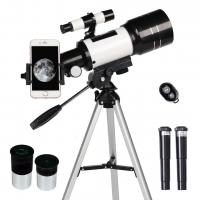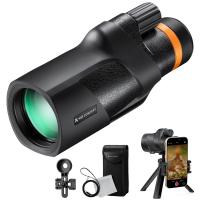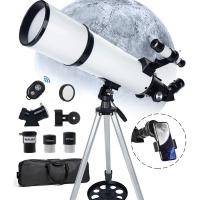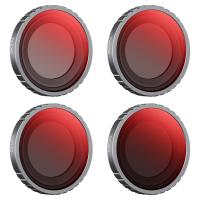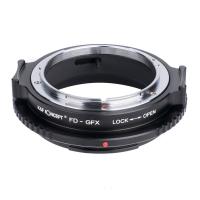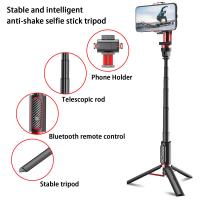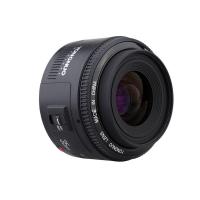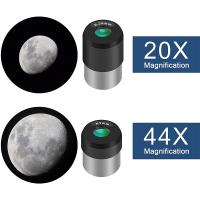Telescope How Does It Work?
Telescopes have long fascinated both amateur stargazers and professional astronomers alike. These remarkable instruments allow us to peer into the vast expanse of the universe, revealing celestial wonders that are otherwise invisible to the naked eye. But how exactly do telescopes work? In this article, we will delve into the mechanics of telescopes, exploring the different types, their components, and the principles that enable them to magnify distant objects. By the end, you will have a comprehensive understanding of how telescopes function and how they have revolutionized our view of the cosmos.
The Basics of Telescopes
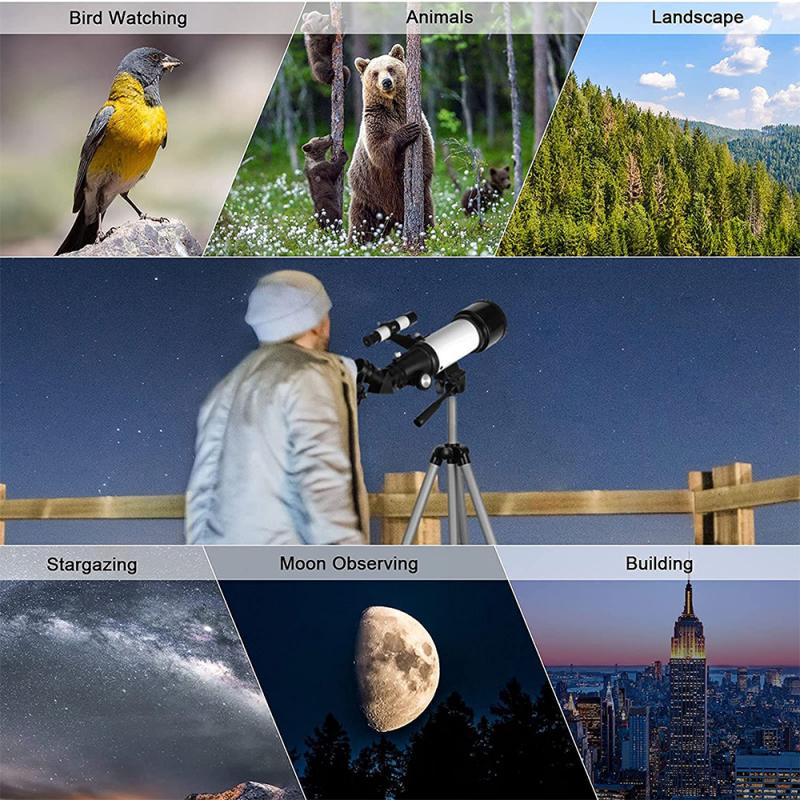
At its core, a telescope is an optical instrument designed to collect and magnify light from distant objects. The primary purpose of a telescope is to gather more light than the human eye can, thereby making faint and distant objects visible. This is achieved through a combination of lenses, mirrors, or both, which focus the incoming light to create a magnified image.
Types of Telescopes

There are three main types of telescopes: refracting telescopes, reflecting telescopes, and catadioptric telescopes. Each type has its own unique design and method for focusing light.
Refracting Telescopes
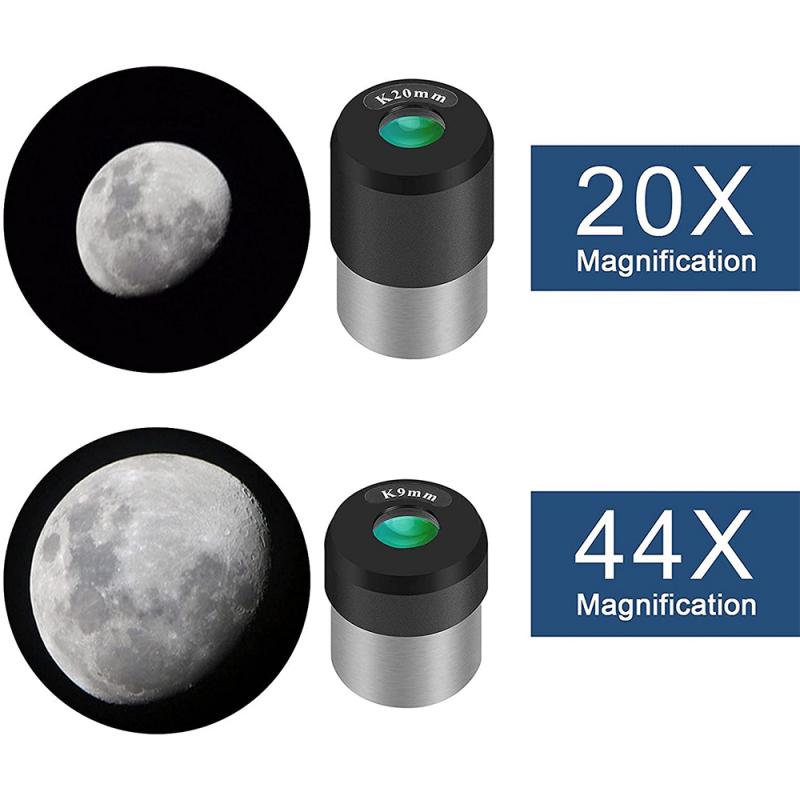
Refracting telescopes, also known as refractors, use lenses to bend and focus light. The main component of a refractor is the objective lens, which is located at the front of the telescope. Light from a distant object enters the telescope and passes through the objective lens, which bends the light rays to a focal point. The eyepiece lens, located at the back of the telescope, then magnifies the image formed at the focal point.
One of the advantages of refracting telescopes is their simplicity and ease of use. They are also known for producing sharp and high-contrast images. However, refractors can suffer from chromatic aberration, a phenomenon where different colors of light are focused at slightly different points, resulting in a blurred image. This issue can be mitigated by using achromatic or apochromatic lenses, which are designed to reduce chromatic aberration.
Reflecting Telescopes

Reflecting telescopes, or reflectors, use mirrors instead of lenses to gather and focus light. The primary mirror, located at the back of the telescope, collects incoming light and reflects it to a focal point. A secondary mirror then redirects the light to the eyepiece, where the image is magnified.
Reflectors have several advantages over refractors. They do not suffer from chromatic aberration, as mirrors reflect all colors of light equally. Additionally, reflectors can be made larger than refractors, allowing them to gather more light and observe fainter objects. However, reflectors can suffer from other optical issues, such as spherical aberration and coma, which can distort the image. These issues can be minimized by using parabolic mirrors and other corrective optics.
Catadioptric Telescopes
Catadioptric telescopes combine elements of both refractors and reflectors, using a combination of lenses and mirrors to focus light. The most common types of catadioptric telescopes are Schmidt-Cassegrain and Maksutov-Cassegrain telescopes. These designs use a primary mirror to collect light, a secondary mirror to redirect the light, and a corrector lens to reduce optical aberrations.
Catadioptric telescopes offer a compact and versatile design, making them popular among amateur astronomers. They provide good image quality and are relatively easy to transport and set up. However, they can be more expensive than other types of telescopes due to their complex optical design.
Key Components of a Telescope
Regardless of the type, all telescopes share several key components that work together to gather and magnify light.
Objective Lens or Primary Mirror
The objective lens (in refractors) or primary mirror (in reflectors and catadioptrics) is the main light-gathering element of the telescope. Its size, or aperture, determines the amount of light the telescope can collect and, consequently, its ability to observe faint objects. Larger apertures allow for better resolution and more detailed images.
Eyepiece
The eyepiece is the lens through which the observer views the magnified image. It works in conjunction with the objective lens or primary mirror to provide the desired level of magnification. Different eyepieces can be used to achieve varying levels of magnification, allowing for a more versatile observing experience.
Focuser
The focuser is a mechanism that allows the observer to adjust the position of the eyepiece or the primary mirror to achieve a sharp and clear image. Precise focusing is crucial for obtaining the best possible view of celestial objects.
Mount
The mount is the structure that supports the telescope and allows it to be pointed at different parts of the sky. There are two main types of mounts: altazimuth and equatorial. Altazimuth mounts move in altitude (up and down) and azimuth (left and right), making them simple and intuitive to use. Equatorial mounts are aligned with the Earth's axis of rotation, allowing for easier tracking of celestial objects as they move across the sky.
The Principles of Light and Magnification
To understand how telescopes work, it is essential to grasp the basic principles of light and magnification.
Light Gathering
The primary function of a telescope is to gather light from distant objects. The amount of light a telescope can collect is directly proportional to the area of its objective lens or primary mirror. This is why larger telescopes, with bigger apertures, can observe fainter objects and reveal more detail.
Focal Length and Magnification
The focal length of a telescope is the distance between the objective lens or primary mirror and the point where the light rays converge to form a focused image. The magnification of a telescope is determined by the ratio of the focal length of the telescope to the focal length of the eyepiece. For example, if a telescope has a focal length of 1000mm and the eyepiece has a focal length of 10mm, the magnification would be 100x.
Resolution
Resolution refers to the ability of a telescope to distinguish between two closely spaced objects. Higher resolution allows for more detailed and sharper images. The resolution of a telescope is primarily determined by its aperture, with larger apertures providing better resolution.
Practical Applications of Telescopes
Telescopes have a wide range of practical applications, from amateur astronomy to professional research.
Amateur Astronomy
For amateur astronomers, telescopes provide a window into the universe, allowing them to observe planets, stars, galaxies, and other celestial objects. Telescopes can be used for visual observation, astrophotography, and even citizen science projects, where amateur astronomers contribute to scientific research.
Professional Astronomy
In professional astronomy, telescopes are essential tools for studying the universe. Large observatories, such as the Hubble Space Telescope and the Very Large Telescope, have made groundbreaking discoveries about the nature of the cosmos. Telescopes are used to study everything from the formation of stars and galaxies to the search for exoplanets and the investigation of dark matter and dark energy.
Other Applications
Telescopes are also used in other fields, such as meteorology, where they are used to observe weather patterns and atmospheric phenomena. In addition, telescopes play a role in surveillance and defense, where they are used to monitor satellites and other objects in space.
Telescopes are powerful instruments that have revolutionized our understanding of the universe. By gathering and magnifying light from distant objects, they allow us to explore the cosmos in unprecedented detail. Whether you are an amateur stargazer or a professional astronomer, understanding how telescopes work can enhance your appreciation of these remarkable tools and the wonders they reveal. From the simple refractor to the complex catadioptric designs, each type of telescope offers unique advantages and capabilities, making the night sky accessible to all who seek to explore it.








